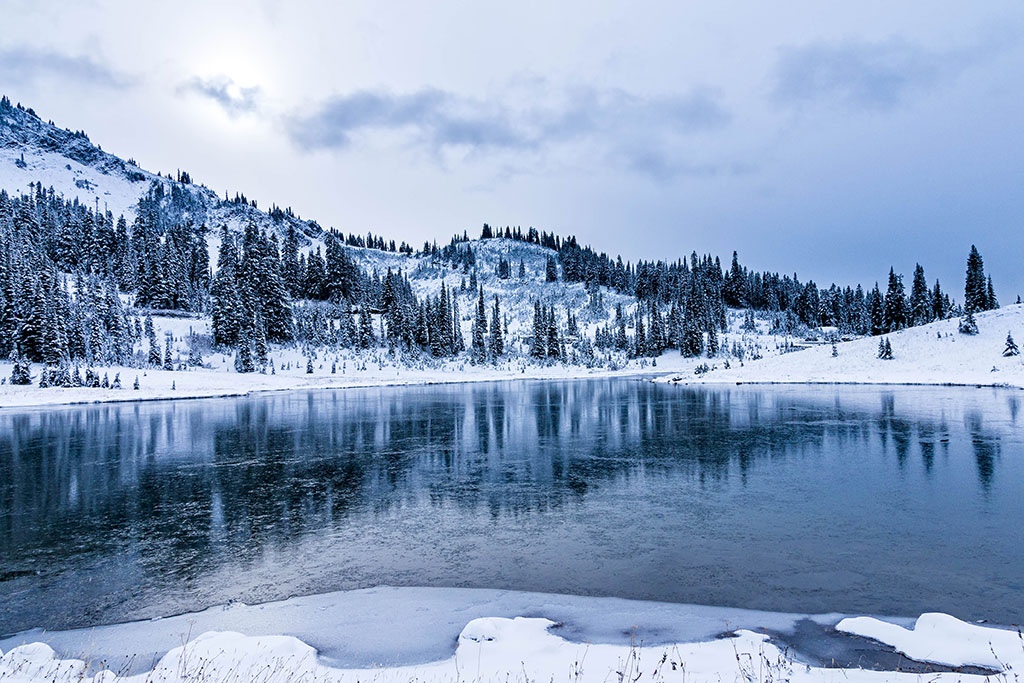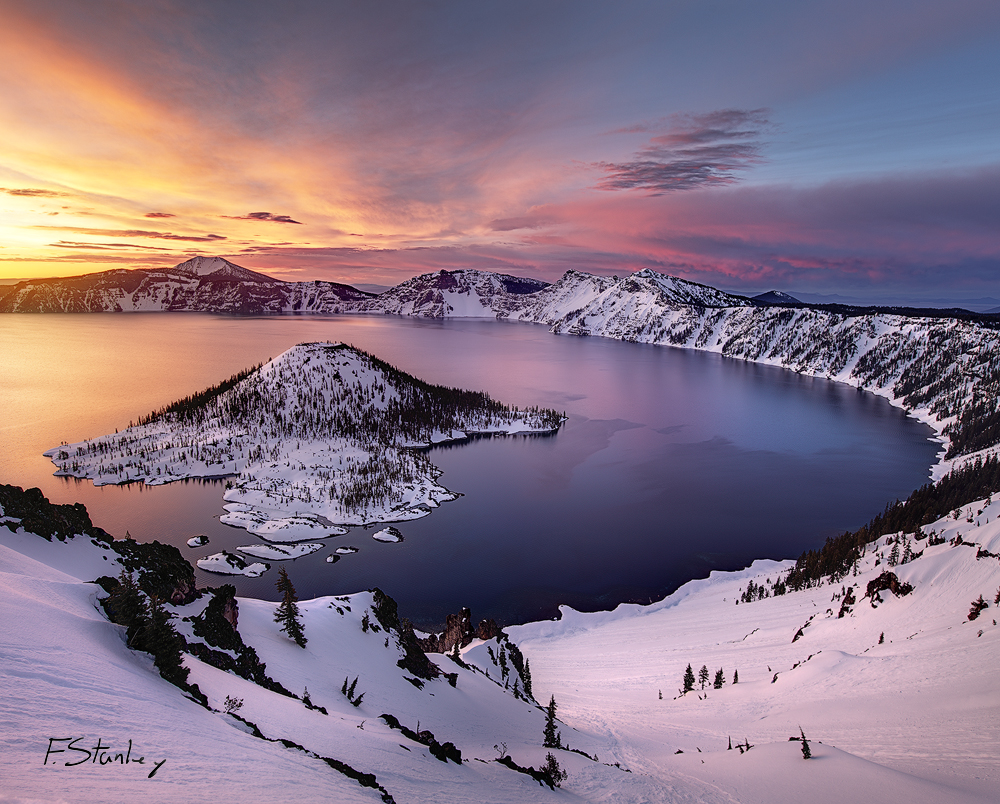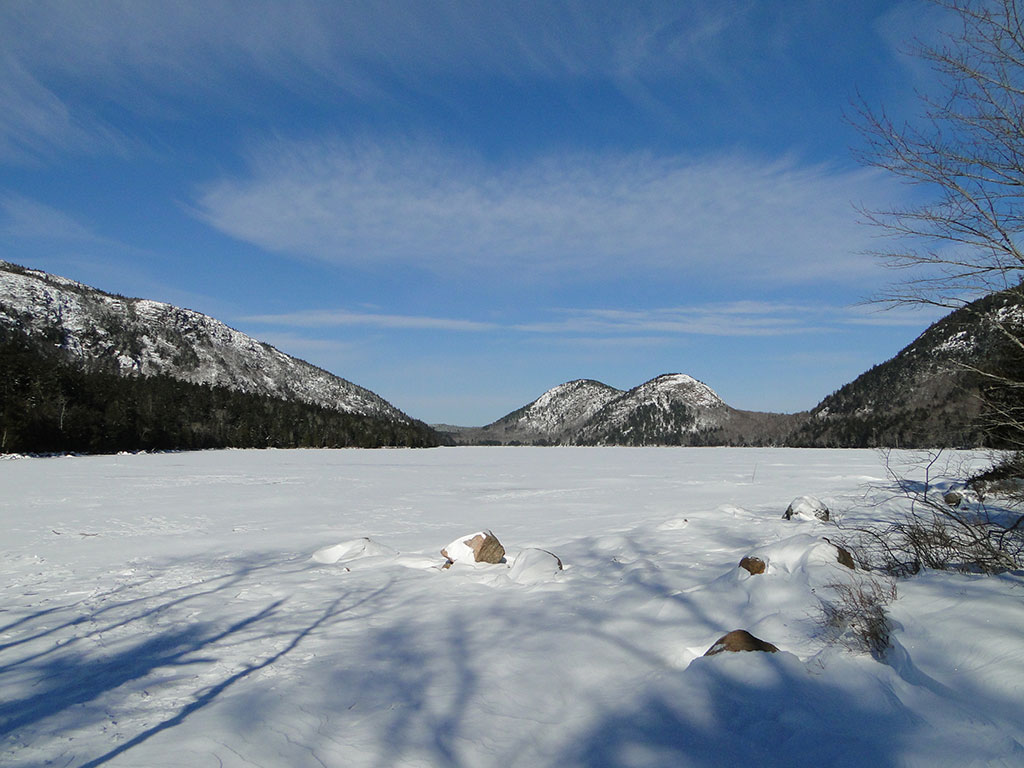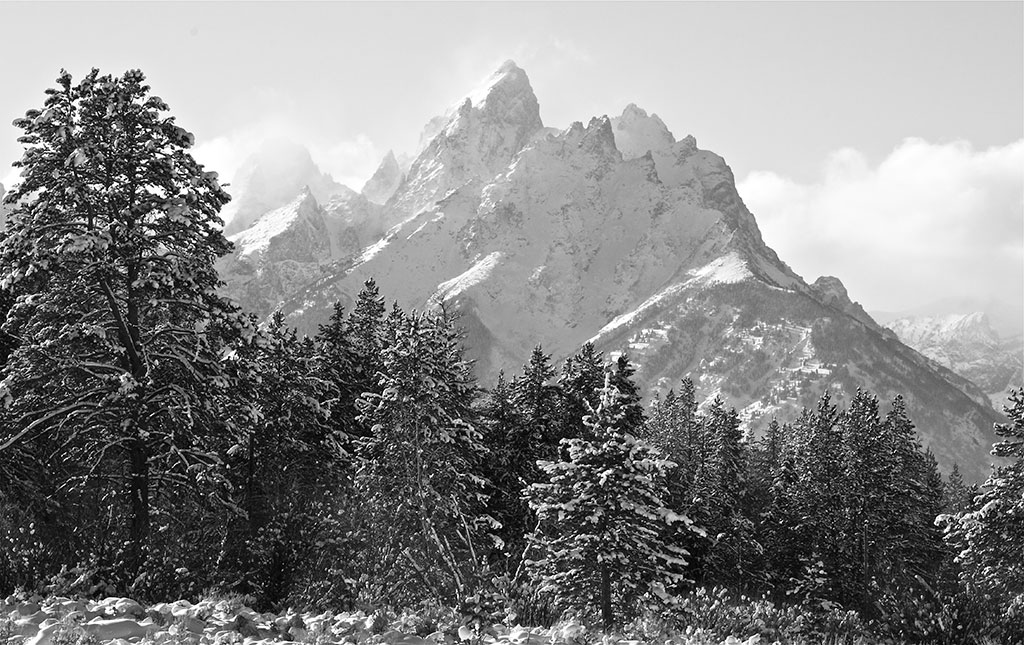By Lindsay Seventko, American Forests
During winter, it can be tempting to curl up indoors away from the cold wind and wet snow, but this time of year is when some of America’s landscapes transform into breathtaking winter wonderlands. Even if you’ve experienced these locations at other times throughout the year, they offer a completely different experience during the winter months.
Mount Rainier National Park, Wash.
Many people avoid traveling to the northwest during winter, fearing the deep cold and treacherous snow, thanks to a World Record 1,122 inches of snowfall (the height of a 10-story building!). But, Mt. Rainier National Park in Washington State can be a magical winter getaway with plenty of unique winter wildlife to view under the snow-capped firs. Foxes and rabbits dart across the landscape and stick out against the white snow, while white-tailed ptarmigan and snowshoe hare blend into the drifts with their stark-white pelts.
One other feature that sets this park apart is that, in addition to traditional winter sports (snowshoeing, cross-country skiing, snowboarding and snowmobiling), the park offers designated areas for sledding and sliding. Long, clear stretches of snow offer pristine and scenic slides down the mountainside, while the deeply packed snow prevents any damage to the meadow vegetation underneath.

Crater Lake National Park, Ore.
Crater Lake in Oregon is a pristine body of water within a sleeping volcano. During winter, the area freezes under up to 44 feet of snow, creating a pristine wonderland through several forest ecosystems — ponderosa pines at lower elevations, lodgepole pine and mountain hemlock up the mountain slopes and the Whitebark pine up above 7,500 feet. Through these ecosystems, witness wintering herds of Roosevelt elk wandering beneath the trees, a herd of pronghorn antelope along the slopes and Clark’s nutcracker up in the branches above.

Acadia National Park, Maine
Acadia National Park in winter is a special destination for several reasons. The snow-capped firs lead right up to ocean’s white-capped waves along the coast, and up in the highlands, hikers who trek up Cadillac Mountain in early morning will be the first people in the country to see the light of sunrise. With 45 miles of carriage roads to explore, Acadia offers beautifully groomed trails to explore by snowshoe, cross-country ski or snowmobile.

Grand Tetons National Park, Wyo.
The Grand Tetons area is the country’s must-visit location for wildlife during winter. The icy peaks jutting out of the forested landscape provide habitat for elk, bison, the one remaining bighorn sheep and four wolf packs with home ranges in the area. The park also has limited snowmobile access, offering quiet and remote trails to traverse on foot, undisturbed by motor noise.

Niagara Falls, N.Y.
Niagara Falls takes on a new light during winter — literally. As the spray of the falls coats everything it touches, it creates beautiful ice sculptures, icicles and prisms which reflect and sparkle in the winter sun. The Canadian side of the falls also hosts the Winter Festival of the Lights, where millions of sparkling lights decorate trees, lampposts and buildings.
